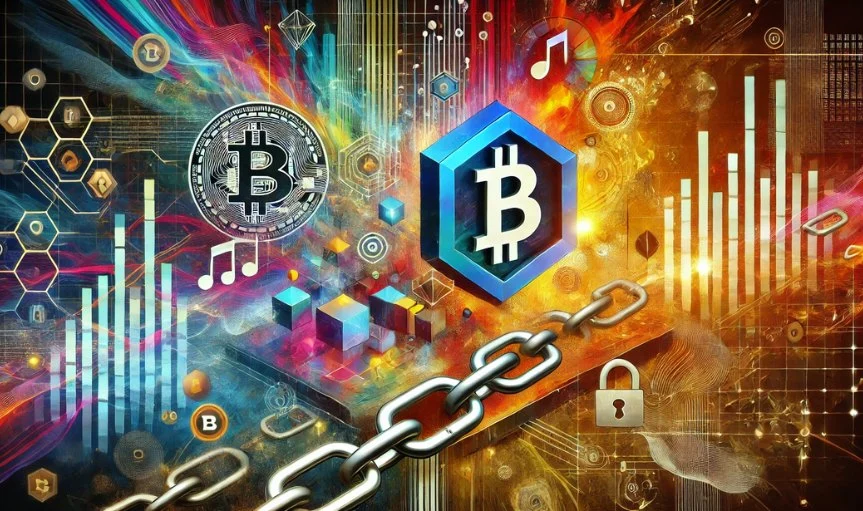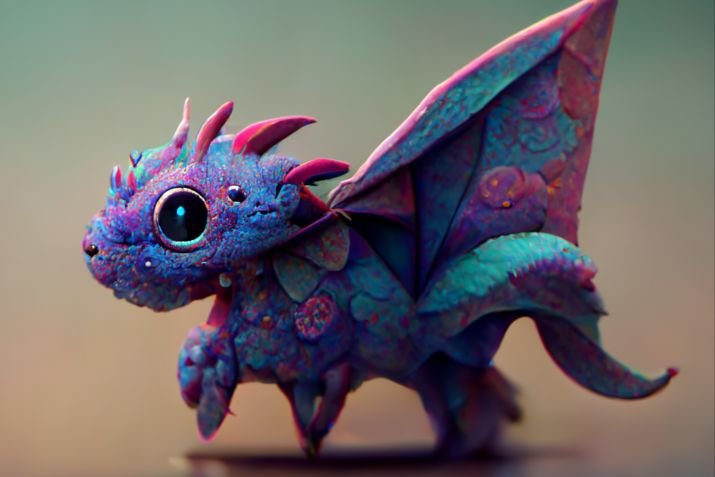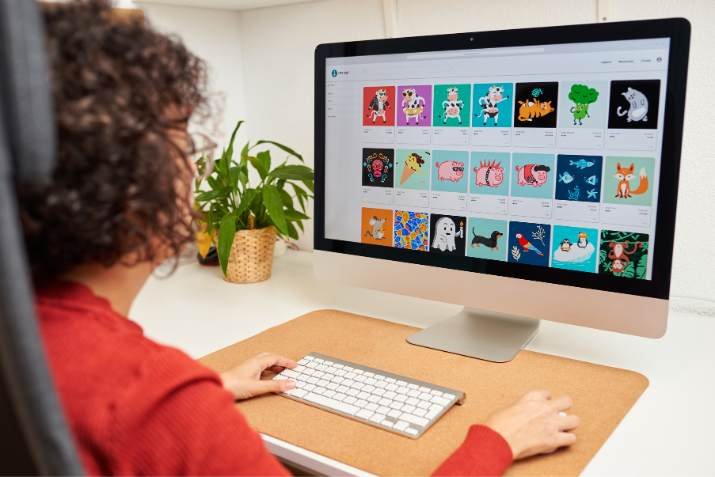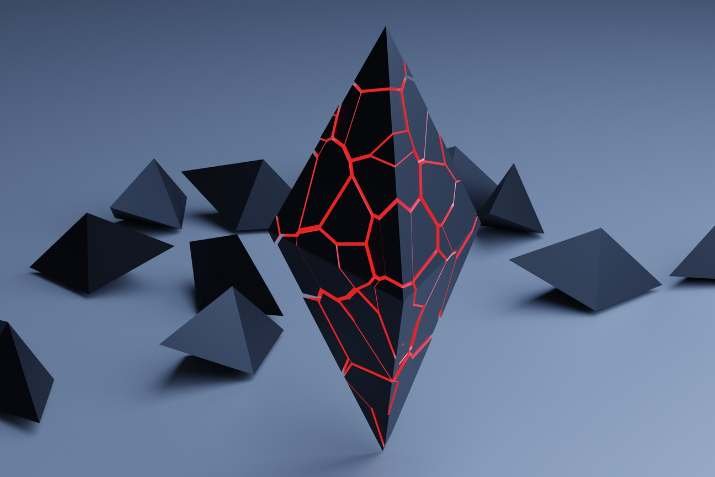The Future of NFTs in Gaming: Key Trends and Predictions
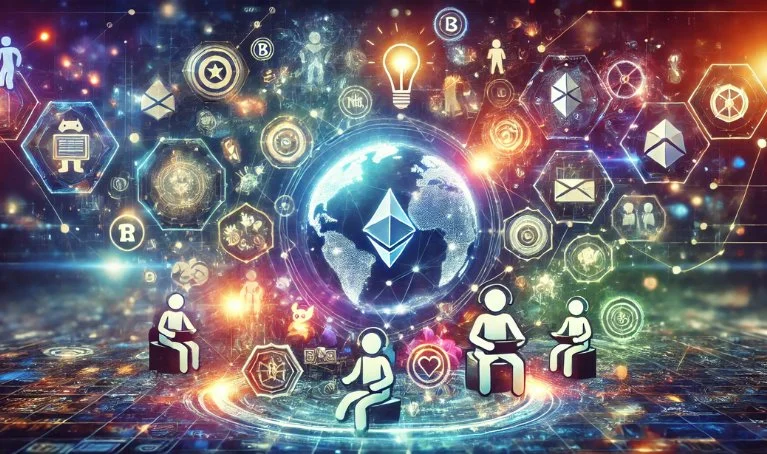
NFTs, or Non-Fungible Tokens, are digital assets that represent ownership of a unique item or piece of content, secured by blockchain technology. In gaming, NFTs are transforming how players interact with in-game assets by providing true ownership, verifiable scarcity, and a new economic layer to digital worlds. This article explores the future of NFTs in gaming, including their benefits, challenges, trends, and predictions.
What Are NFTs and Their Relevance in Gaming?
NFTs are unique digital assets that cannot be exchanged on a one-to-one basis like cryptocurrencies. They are indivisible, meaning you can’t split them into smaller units, and they represent ownership of a specific digital item. In gaming, this means NFTs can represent anything from virtual weapons and characters to rare skins and collectibles, giving players true ownership of their in-game assets.
Unlike traditional in-game items, which are controlled by the game developer and remain locked within the game’s ecosystem, NFTs allow players to trade, sell, or transfer their digital assets across different platforms, enhancing their value and utility. This shift towards true digital ownership has made NFTs a powerful tool for gamers and developers alike, fostering a new era of engagement and monetization in the gaming world.
Current State of NFTs in the Gaming Industry
NFTs have already made significant inroads into gaming. Games like “Axie Infinity,” “Decentraland,” and “CryptoKitties” are pioneering the integration of NFTs, allowing players to buy, sell, and trade digital assets like characters, land, and items. Major game developers, including Ubisoft, Konami, and Capcom, are experimenting with NFTs to create unique experiences and new revenue streams.
For example, Ubisoft’s “Quartz” platform allows players to earn and trade NFT items called “Digits,” which are in-game accessories with unique serial numbers. Similarly, Konami released an NFT collection celebrating the 35th anniversary of Castlevania, showcasing the potential for integrating NFTs with established gaming franchises.
Key Benefits of NFTs in Gaming
- True Ownership of Digital Assets: NFTs provide players with genuine ownership of in-game items, which can be traded, sold, or kept outside of a game. This is a significant shift from traditional games, where items are often non-transferable and remain within the game’s ecosystem.
- Monetization Opportunities for Players and Developers: Players can earn real money by selling or trading NFTs in secondary markets, while developers benefit from new revenue streams, such as royalties on secondary sales.
- Enhanced Gaming Experiences: NFTs can introduce unique in-game experiences by offering rare items, special abilities, or personalized content. This not only drives engagement but also creates a deeper connection between the game and its players.
- Cross-Platform Interoperability: NFTs have the potential to be used across multiple games and platforms, allowing for a more cohesive and interconnected gaming experience. This interoperability could lead to a future where players can transfer their assets seamlessly between different gaming worlds.
Challenges and Controversies Surrounding NFTs in Gaming
- Regulatory and Legal Concerns: The rise of NFTs in gaming raises several legal issues, including intellectual property rights and anti-money laundering concerns. As the NFT market grows, there is an increasing need for clear regulations to protect both consumers and creators.
- Environmental Impact: NFTs are primarily built on blockchain networks like Ethereum, which consume significant amounts of energy. This has led to concerns about their environmental footprint, prompting the need for more sustainable solutions, such as using blockchain networks with lower energy consumption.
- Market Speculation and Volatility: The NFT market is highly speculative and volatile, with prices often driven by hype rather than intrinsic value. This can lead to market manipulation and significant financial losses for investors.
- Player Backlash and Acceptance: While some gamers are excited about the possibilities that NFTs bring, others are skeptical or outright hostile, viewing them as another way for developers to monetize gaming experiences at the players’ expense.
Future Trends Shaping NFTs in Gaming
- Integration with the Metaverse: NFTs are expected to play a crucial role in the development of the metaverse, creating virtual economies where players can buy, sell, and trade digital assets seamlessly.
- Play-to-Earn Models: The play-to-earn model, where players earn NFTs as rewards for their participation, is becoming increasingly popular. Games like “Axie Infinity” have demonstrated the potential of this model to create sustainable gaming economies.
- Decentralized Gaming Platforms: The future may see the rise of decentralized gaming platforms powered by blockchain technology, where players have more control over their assets and the game’s governance.
- Increased Interoperability Across Games: As more games adopt NFT standards, there will be greater interoperability, allowing assets to be transferred between different games and platforms, enhancing their utility and value.
Opportunities for Broader Adoption of NFTs in Gaming
- Interoperability and Cross-Platform Use: As more gaming platforms adopt standardized NFT protocols, the potential for cross-platform asset use will increase, making NFTs more valuable and versatile.
- Monetization of User-Generated Content: NFTs provide an opportunity for players to create and sell their own content, such as mods, skins, or custom items, fostering a more diverse and dynamic gaming ecosystem.
- New Business Models and Crowdfunding: NFTs can support new game development models, such as crowdfunding through NFT sales, allowing developers to raise funds directly from their community.
Case Studies: Successful Implementation of NFTs in Games
- “Axie Infinity”: A blockchain-based game where players breed, raise, and battle NFT creatures called Axies. The game’s success lies in its play-to-earn model, which allows players to earn cryptocurrency by playing.
- “The Sandbox”: A virtual world where players can buy, sell, and build on land represented as NFTs. The game’s success comes from its community-driven approach, where players have creative freedom to shape the game world.
- “Gods Unchained”: A digital trading card game where players own the cards they collect. The game’s unique selling point is the ability to trade these cards freely on a secondary market, providing true ownership.
These examples show that integrating NFTs can provide new revenue streams, enhance player engagement, and create unique gaming experiences.
The Role of Regulation and Consumer Protection
As NFTs become more prevalent in gaming, regulation will be crucial to ensure fair practices and protect consumers from fraud and exploitation. Ensuring transparency, fair pricing, and clear intellectual property rules will help build trust in NFT-based gaming.
Conclusion
NFTs have the potential to revolutionize gaming by enabling true digital ownership, creating new revenue models, and enhancing gaming experiences. However, challenges such as regulatory concerns, environmental impact, and market volatility must be addressed for NFTs to realize their full potential in the gaming industry. As the technology evolves, it will be crucial for all stakeholders to stay informed and engaged with the changes shaping the future of NFTs in gaming.
FAQs
What are NFTs in gaming?
NFTs are unique digital assets that represent ownership of in-game items like characters, skins, or virtual land, allowing players to trade, sell, or keep these assets outside the game.
How do NFTs affect the gaming industry?
NFTs introduce new revenue streams, enhance player engagement, and create new economic opportunities in digital gaming worlds.
Are NFTs environmentally friendly?
Currently, NFTs on popular blockchains like Ethereum have a significant environmental impact due to high energy consumption, but more sustainable blockchain solutions are being developed.
Can NFTs be used across multiple games?
Yes, NFTs have the potential for cross-platform interoperability, allowing assets to be transferred and used across different games.
